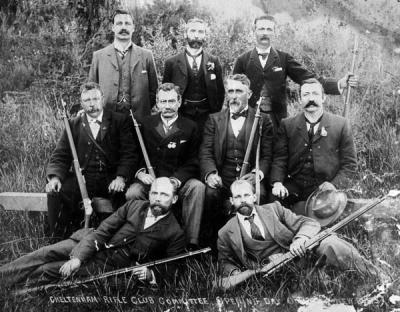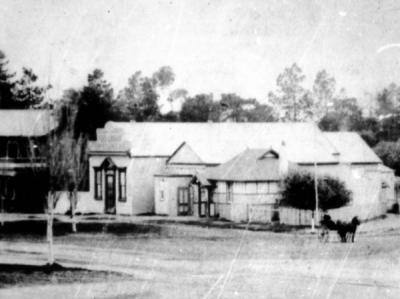Cheltenham Rifle Club Committee, Opening Day of the new Butts: Back row: C Irwin, E. W. Proudman (Chemist), F T LePage, Centre: W Lamb Smith (Captain), E T Penny, Two unknown gentlemen, Front: John Butler, city inspector, and E C Rippon (Manager of the Cheltenham and District Co-operative).
Courtesy:
Eric Longmuir
Collection:
Kingston Collection, City of Kingston



